Fine Early Trade Sign for "J. R. Pound"
♥ SOLD
"Artistic Decorator, Artist's Colourman, Dealer in Works of Art…" etc
Hand Painted and Signwritten Card and Mirror Glass
English, Bideford, c.1900
30.5" high x 23.5" wide
Ref: 10360
Trade signs of all types and media form a significant role in the folk art tradition. Retail shops, artisans and craftsmen often advertised their locations and trade with visual, frequently figurative motifs, think tea pots, tobacco rolls, the three pawnbroker’s balls, scissors, umbrellas, butcher’s cows and pigs, haberdashers hats, wine merchants barrels, fishmonger’s fish etc etc. They were made in two and three dimensions and frequently excite the interest of folk art specialists and collectors.
Originally the figurative signs were necessary to serve a largely illiterate society and there are many references to hanging shop and tavern signs in early literature, to the extent that in the late C17th their size was limited by law due to overcrowding!
This work has the advantage of celebrating the trade and materials of the proprietor. Hand painted in expressive and confident calligraphic signwriting, in oil paint on heavy board. JR Pound displays his skills with a variety of styles, including two different options for three-dimensional block lettering, whilst simultaneously advertising everything he offered. It is interesting that whilst the lettering is so competent, the depictions of the artists palette and easel have a quirky naïve quality about them, suggesting that he has no background training in perspective or drawing.
It is wonderful to note the range of services and materials he offered, being both a decorator, carriage painter, signwriter, art materials supplier. Frame maker and dealer in works of art. He must have been a busy man and I would love to have visited his premises.
It is rare to find an example of a tradesman’s advertising board in such good original condition and we have to suppose that it spent its life either inside Mr Pound’s premises, where people could make use of the little central looking glass, or in a shop window that did not attract direct sunlight.
Whatever, it is a delightful piece of social history, as well as a significant historic folk art trade sign.
Collections: Archive
Share:







